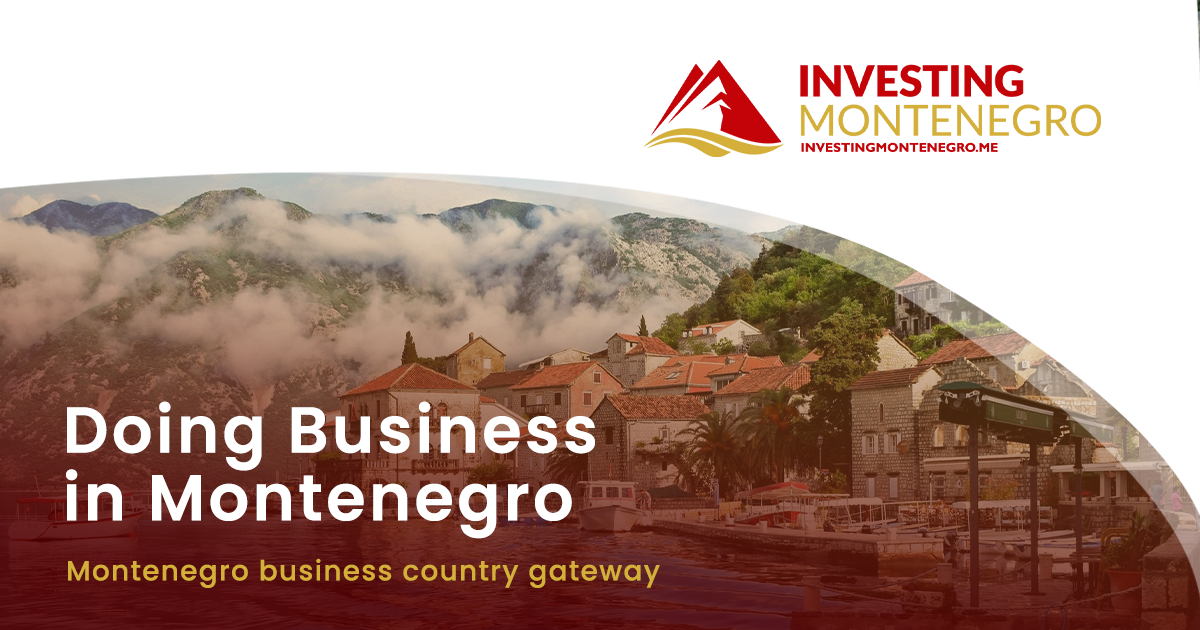Exporting goods to international markets presents numerous opportunities for businesses to expand their reach and maximize profitability. Montenegro, a small but growing country in southeastern Europe, offers a promising market for exporters. This article aims to provide a comprehensive guide to exporting goods to Montenegro, covering essential considerations, documentation requirements, market potential, and strategies for successful entry into the Montenegrin market.
1. Research and Market Analysis:
Before venturing into the Montenegrin market, thorough research and market analysis are crucial. Understand the local market dynamics, consumer preferences, competition, and regulatory environment. Identify potential customers, distributors, and market trends relevant to your product or industry.
2. Compliance with Trade Regulations:
Ensure compliance with Montenegro’s trade regulations and legal requirements. Familiarize yourself with the country’s import restrictions, documentation processes, and certifications necessary for your goods. The Montenegrin Customs Administration provides comprehensive information on import regulations and trade documentation.
3. Export Documentation:
Accurate and complete documentation is vital for smooth exporting. The essential documents for exporting to Montenegro include:
a. Commercial invoice
b. Packing list
c. Bill of Lading or Airway Bill
d. Certificate of Origin
e. Pre-shipment inspection certificate (if required)
f. Import declaration
g. Customs declaration
4. Distribution Channels:
Identify suitable distribution channels for reaching your target market in Montenegro. Options may include working with local importers, distributors, agents, or establishing direct sales and distribution networks. Conduct due diligence when selecting partners and negotiate mutually beneficial terms and conditions.
5. Intellectual Property Rights (IPR) Protection:
Ensure that your intellectual property rights are protected in Montenegro. Register trademarks, copyrights, and patents with the local authorities to safeguard your products from infringement.
6. Localization and Cultural Considerations:
Adapt your marketing and product offerings to suit the local culture and preferences. Building relationships and establishing trust with local partners and customers is crucial for success. Consider translating marketing materials, labeling, and documentation into the local language.
7. Pricing and Payment Methods:
Determine competitive pricing strategies while considering factors like local market conditions, import duties, and additional costs. Offer flexible payment methods to facilitate transactions, such as local currency payments, letters of credit, or other internationally accepted payment options.
8. Logistics and Shipping:
Find reliable logistic partners or freight forwarders who specialize in shipping goods to Montenegro. Ensure efficient transportation, handling, and customs clearance of your products. Consider factors like shipping lead times, transport costs, packaging requirements, and insurance coverage.
9. After-Sales Service and Support:
Provide excellent after-sales service to maintain customer satisfaction. Establish service networks or partnerships within Montenegro to address customer queries, warranty claims, and technical support.
10. Continuous Market Evaluation and Adaptation:
Regularly monitor market dynamics, customer feedback, and adapt your strategies accordingly. Stay informed about changes in regulations, market trends, and emerging opportunities in Montenegro.
Exporting goods to Montenegro offers exciting prospects for businesses seeking to expand their reach in southeastern Europe. Ensuring compliance with trade regulations, conducting thorough market research, building strong relationships with local partners, and adapting to local preferences are key to success. With meticulous planning and execution, exporting to Montenegro can be a rewarding endeavor for businesses aiming to tap into this emerging market.













